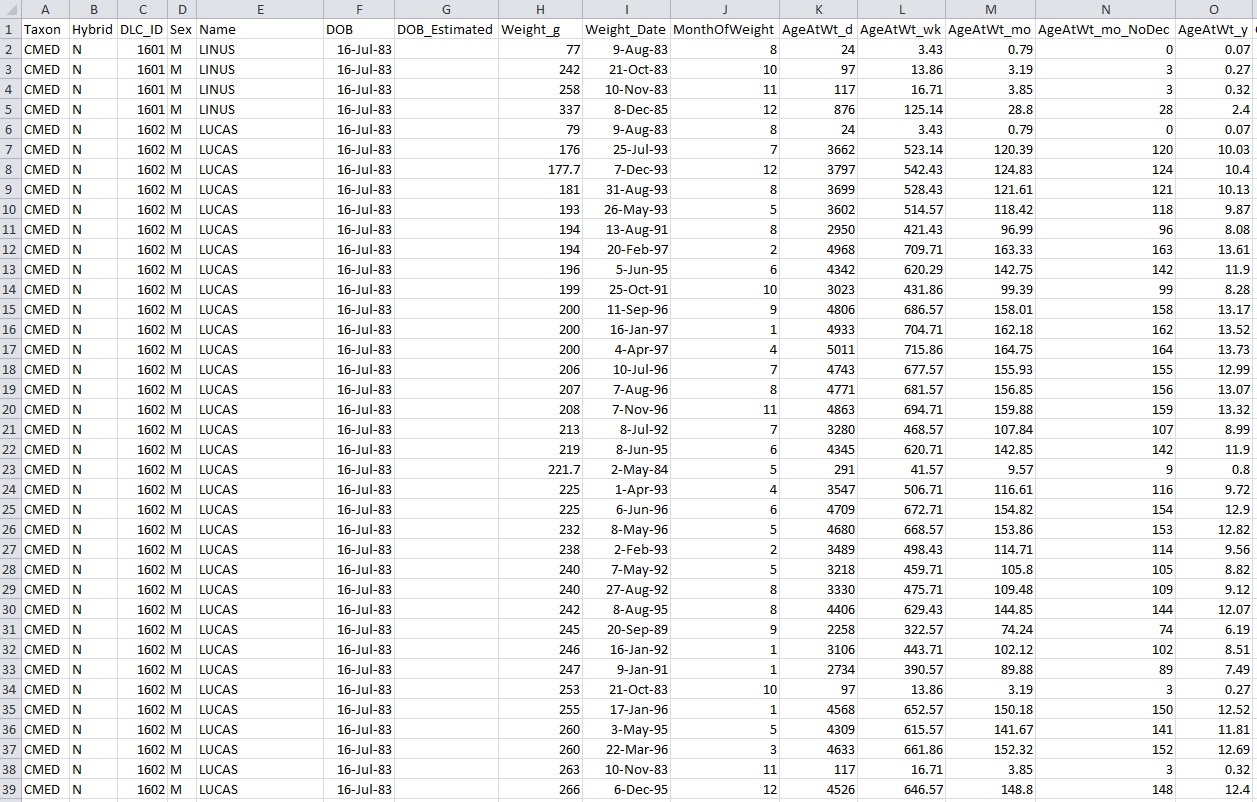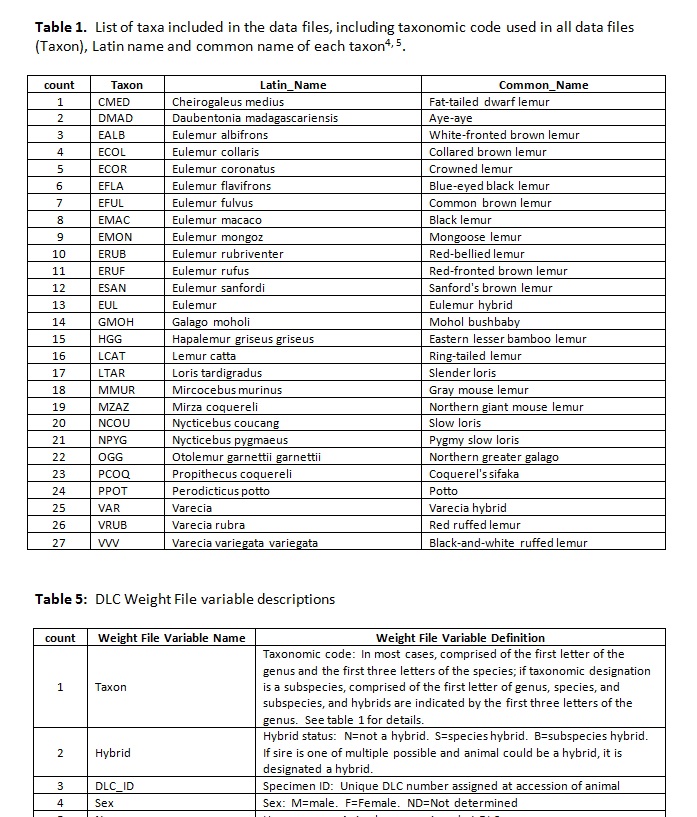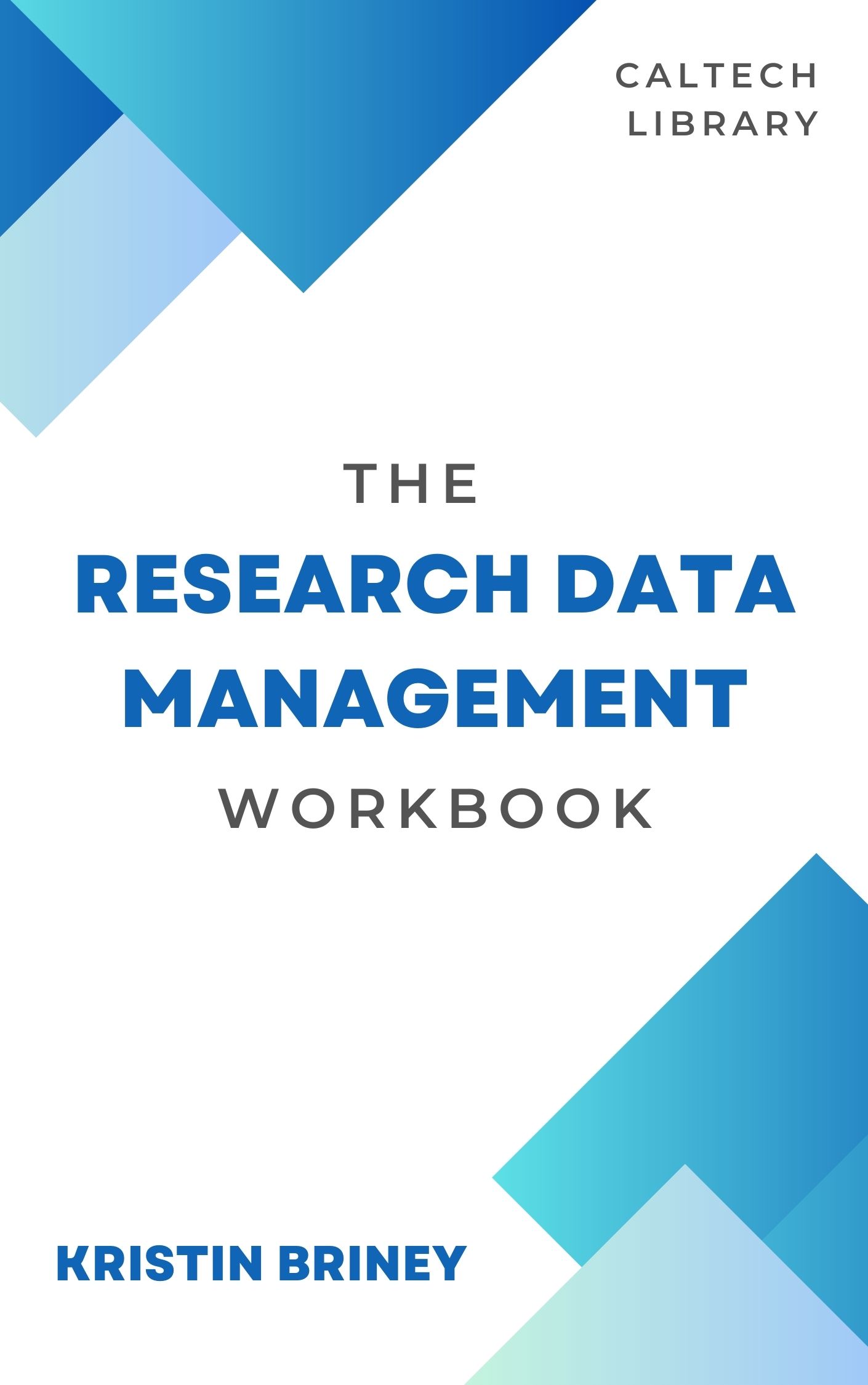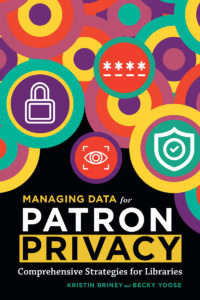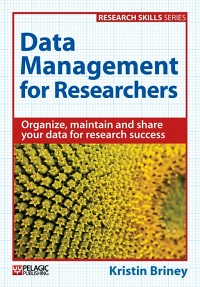With only a little time left in 2014, I’m sure I’m not the only one making New Year’s resolutions. While many people put diet and exercise at the top of this list, this year I’m making a few data management resolutions. I hope you will consider adding a similar goal to your 2015 list.
For all I blog about data management and do pretty well at managing my own digital content, there are a few things that I need to do better. Data management requires paying attention to your content and it’s easy to let things slides. For me, it’s my personal files that are getting out of hand. My work data are fairly organized and well backed up, but my personal files are a mess. Thankfully, most of the data management tricks that work for scientific data work for digital content in general.
Overall, I’m facing two problems. The first is data spread. I don’t have a consistent organization system for all of my personal content and have things randomly saved across multiple devices (laptop and external hard drive) and cloud storage platforms (Dropbox, Google Drive, and SpiderOak). Worse, there is no rhyme or reason to why a file gets saved, for example, to Dropbox instead of in my laptop’s documents folder. I spent a good 20 minutes last week failing to find a particular sewing pattern only to have it show up a day later in the most unlikely place (my SpiderOak Hive folder). Clearly, I need to be more conscious about where I’m saving which files.
Related to the data spread is the fact that I don’t have a good backup system in place for my personal files (though I do have a good backup system at work). With files in so many places, it’s practically impossible to make sure everything’s backed up properly. Additionally, my laptop is getting older and I need to be sure that all of my files are safe in case my hard drive dies in the near future.
So this year, I resolve to spend a little time getting my personal files organized, streamlined onto one central platform, and properly backed up. This will take a little time but will pay off hugely if/when my laptop finally dies.
I hope that by admitting my own flaws in data management you can see that nobody’s a perfect data manager. Instead, what matters most is that you make an effort. Any little bit I do in 2015 to take care of my personal files makes my files better protected from loss and easier to find when I need them. It’s not hard, it just requires a little work.
With the advent of the new year, I hope that you too take some time to care for your digital content. The start of the new year is the perfect time to review what needs attention or to resolve to improve your practices. It doesn’t have to be big, it just has to be something; every little bit helps. Therefore, I challenge you to make 2015 the year to start improving your data management habits.
